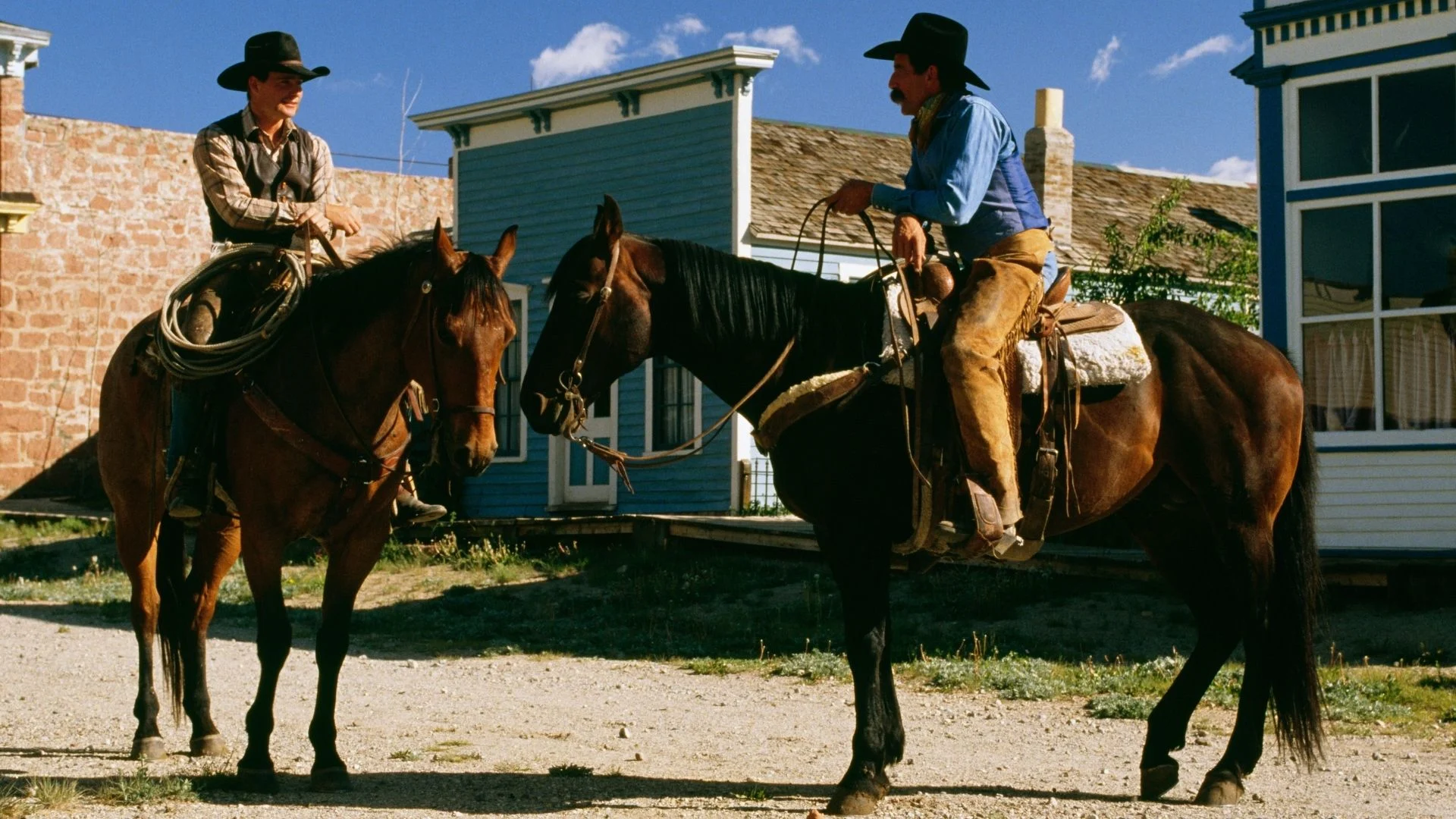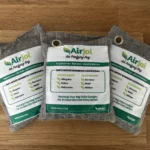Introduction
Cowboy culture represents an iconic part of American heritage, stretching back over centuries. Rooted in rugged individualism, adventure, and a connection to the open prairie, the imagery of the cowboy remains timeless. A central component of this culture is cowboy life apparel: the hats, boots, belts, jeans, and shirts that define the cowboy lifestyle. Dressing the part is more than just an aesthetic choice; it’s an embodiment of values like hard work, independence, and community.
In this article, we delve into the rich history and modern interpretation of cowboy life apparel. We’ll explore how classic elements like Stetson hats and cowboy boots have evolved while staying true to their roots and how contemporary cowboy culture continues to influence fashion today.
The Roots of Cowboy Apparel
The Origins of Cowboy Culture
Cowboy culture finds its origins in the Spanish vaquero traditions of the 16th and 17th centuries. As Spanish settlers and their cattle herders moved into what is now the American Southwest, they brought their distinct style of dress with them. Over time, as American cowboys took up cattle ranching, they adapted and evolved these styles to suit their needs in the harsh Western terrain.
Key Elements of Early Cowboy Dress
- Sombrero and Wide-Brimmed Hats: Initially inspired by the Mexican vaqueros’ sombreros, American cowboys soon adapted the style to the now-iconic Stetson hat, providing essential sun protection.
- Bandanas: Neck scarves or bandanas protected against dust and sunburn, doubling as handkerchiefs or even tourniquets when needed.
- Chaps: Derived from the Spanish word “chaparreras,” these leather leg coverings protected cowboys’ legs from brush and thorns while riding.
- Boots: High-heeled cowboy boots evolved from European riding boots, offering both practicality and style.
- Shirts and Jeans: Durable cotton shirts and denim jeans with reinforced stitching and rivets became standard for their resilience in harsh environments.
The Rise of Western Films and Their Influence
By the early 20th century, the rise of Hollywood Westerns brought the cowboy lifestyle into popular culture. Film stars like John Wayne and Roy Rogers popularized a romanticized vision of the cowboy, with their distinct Western apparel influencing fashion trends across the United States and beyond.
The Anatomy of Cowboy Life Apparel
The Cowboy Hat
History and Evolution
The cowboy hat remains one of the most iconic symbols of the Wild West. While the design has evolved, it retains core elements like wide brims for sun protection and high crowns for airflow. John B. Stetson revolutionized the design with the “Boss of the Plains” model, which became synonymous with the American cowboy.
Different Styles and Their Meanings
- Cattleman: A traditional style with a high crown and narrow brim.
- Gambler: Features a low, flat crown and wide brim.
- Bullrider: Characterized by a wide brim and low crown, popular among rodeo cowboys.
- Pinched Front: Often associated with fashion-forward Western wear.
Cowboy Boots
Functional Design and Evolution
Cowboy boots originated as functional footwear, offering protection while riding and working on the ranch. Key features include a high heel for stirrup stability, pointed toes for ease of slipping into stirrups, and decorative stitching that also reinforced the boot structure. You can also read How to Make an Informed Decision: Airjoi Reviews
Types of Cowboy Boots
- Western: Classic design with high heels and pointed toes.
- Roper: Lower heels and rounded toes, suitable for both riding and walking.
- Buckaroo: Taller shafts with detailed embroidery, often worn in rodeo circuits.
- Work Boots: Lower heels and reinforced toes for labor-intensive tasks.
Jeans and Pants
The Durability of Denim
Jeans became standard cowboy wear in the late 19th century, thanks to their durability and practicality. Levi Strauss, a German immigrant, played a pivotal role in popularizing denim jeans with rivets for reinforcement.
Different Styles
- Straight-Leg: Classic fit for comfort and ease of movement.
- Boot-Cut: Flared at the bottom to fit over cowboy boots.
- Slim-Fit: A modern take on classic cowboy jeans.
Shirts and Outerwear
Western Shirts
Western shirts often feature yokes, snap buttons, and detailed embroidery, reflecting both practicality and style. Plaid, chambray, and denim are popular materials.
Outerwear
- Dusters: Long coats offering protection against dust and rain.
- Vests: Provide warmth and extra pockets for storage.
- Leather Jackets: Durable and wind-resistant, ideal for harsh environments.
Accessories
Bandanas
Worn around the neck, bandanas offer protection and can be used as makeshift tools in emergencies.
Belt Buckles
Often oversized and intricately designed, belt buckles reflect personal style and are a staple in rodeo culture.
Spurs
Functional and decorative, spurs reflect the craftsmanship and traditions of the cowboy lifestyle.
Modern Interpretations of Cowboy Life Apparel
Cowboy Style in Contemporary Fashion
High-Fashion and Runway Influence
Designers like Ralph Lauren and Calvin Klein have incorporated Western motifs into their collections. Fringe, leather, and Western embroidery often make their way onto high-fashion runways.
Celebrities and Cowboy Trends
Celebrities like Lil Nas X and Beyoncé have brought cowboy fashion into the mainstream, blending traditional Western elements with contemporary flair.
The Urban Cowboy Movement
History and Cultural Impact
The 1980 film “Urban Cowboy” starring John Travolta sparked a movement that brought Western wear into urban nightclubs and mainstream fashion.
Key Elements
- Snakeskin Boots: A fashion-forward take on classic cowboy boots.
- Denim and Leather Jackets: Mixed materials for a rugged yet stylish look.
- Western-Style Belt Buckles: Oversized and eye-catching designs.
Rodeo and Ranch Wear
Practical vs. Fashionable
Rodeo and ranch wear prioritize function without sacrificing style. Rodeo cowboys often wear protective gear like helmets and vests, while still donning iconic Western shirts and jeans.
Key Pieces
- Bullrider Hats and Boots: Designed for durability in the ring.
- Protective Vests: Necessary for safety but often decorated with Western motifs.
- Custom Chaps: Personalized designs that blend function and fashion.
Tips for Building Your Cowboy Wardrobe
Finding the Right Fit
Cowboy Hats
- Crown Shape: Pick a crown shape that complements your face.
- Brim Width: Wider brims offer more protection, while narrower brims provide a more fashionable look.
Cowboy Boots
- Toe Shape: Pointed toes offer a traditional look, while square toes provide more room.
- Heel Height: Higher heels are ideal for riding, while lower heels are better for walking.
Mixing and Matching Styles
Jeans and Shirts
- Classic Denim: Pair straight-leg jeans with a Western shirt for an everyday cowboy look.
- Plaid and Chambray: Experiment with different shirt patterns and textures.
Boots and Outerwear
- Leather Jackets: Add a rugged leather jacket for a complete cowboy look.
- Vests and Dusters: Layering options that add warmth and style.
Accessories for Authenticity
- Bandanas and Scarves: Add a pop of color with a neckerchief.
- Belt Buckles and Jewelry: Oversized belt buckles and silver jewelry reflect personal flair.
Embracing the Cowboy Lifestyle
The Spirit of Individualism
Cowboy life apparel is not just about fashion; it’s about embodying the spirit of the Wild West. Rugged individualism, a sense of adventure, and a connection to nature remain core values of the cowboy lifestyle.
Community and Tradition
Rodeo Culture
The rodeo community offers a place where cowboy traditions thrive, with fashion playing a significant role in fostering camaraderie and competition.
Western Festivals and Events
Events like the Calgary Stampede and Cheyenne Frontier Days keep the cowboy spirit alive, offering a platform for showcasing authentic Western wear.
Gender and Inclusivity
Women’s Western Wear
Historically, women’s Western wear was limited to skirts and dresses. However, modern styles include jeans, shirts, and even boots tailored specifically for women.
LGBTQ+ Influence
The cowboy lifestyle has embraced diversity, with events like the International Gay Rodeo Association celebrating LGBTQ+ cowboys and cowgirls.
Conclusion
Cowboy life apparel is a timeless expression of a unique culture that has withstood the test of time. Whether you’re dressing up for a rodeo, a festival, or simply embracing the spirit of the West, cowboy fashion offers something for everyone. From the classic Stetson hat to the durable denim jeans, each element tells a story of resilience, individuality, and adventure. So saddle up, find your fit, and live out your own version of the cowboy lifestyle.



